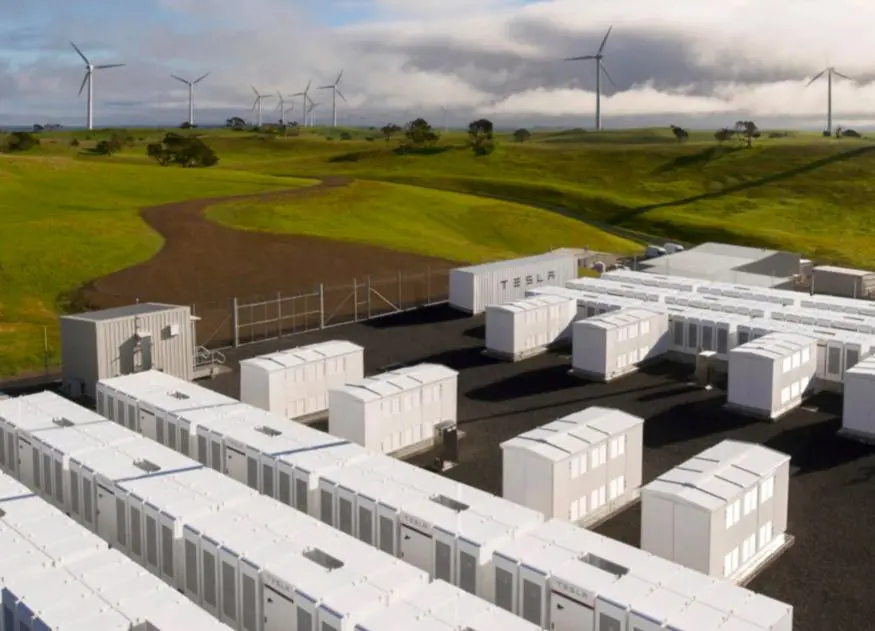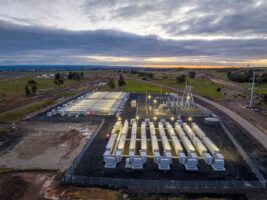The developers and owners of big battery projects in Australia have won an important battle with regulators and rule makers, after being granted an exemption from a new reliability obligation that they argued would make the grid less secure, and discourage investment in new battery projects.
In April, three of the biggest players in the battery storage industry, France-based Neoen, Spanish energy giant Iberdrola, and Tesla asked for changes to the design of Retail Reliability Obligation, saying it would restrict their operations and ability to provide key services such as inertia, system strength and fast frequency control.
The problem lay with how the new Retailer Reliability Obligation rules were to applied to customers with big loads – which includes batteries when they are in charge mode. The three companies said that it didn’t take into account why the batteries are charging, and say they may be discouraged from doing so.
The industry had been warning of the RRO impacts for several years, but say it was ignored and waved through under the principal of “technology neutrality.” One privately described it as a “landmine” left by former Coalition energy minister Angus Taylor.
However, their application for an exemption, supported by many others in the industry, has been given final approval by the Australian Energy Market Commission, which sets the rules of the grid.
The AEMC said on Thursday that the RRO would now exempt connection points for batteries, pumped hydro energy storage (PHES) and other forms of storage assets.
“The exemption will improve the security of the national electricity market (NEM) during reliability-gap periods without compromising the policy intent of the RRO,” it said in a statement.
The issue is one of a number raised as regulators and rule makers grapple with new technologies, particularly those which are either behind the meter, or bidirectional, or both. The grid rules were not designed to contemplate such issues, and have also struggled to deal with new inverter-based technologies such as battery storage that have different modes of operation.
The confirmation was welcomed by many of the big players in the industry. Thirteen of them had already expressed their written support when the draft change was released a few months ago.
“It’s a great outcome,” said Joel Gilmore, the head of regulation at Iberdrola. “We really appreciate how collaborative and constructive the discussions with the AEMC were. It’s a good outcome for both industry and consumers.”
The main concern of the way the RRO was designed was that it would mean big batteries would withhold the provision of grid-supporting services in periods where a reliability gap appeared. They said this would increase security risks and have flow on effects, and particularly increased costs, to consumers.
It’s not the only area where battery developers are having to fight on the regulatory battlefield. Because battery storage is a relatively new technology, and can provide multiple different services, new markets have had to be created to acknowledge these abilities, and to allow the project to get rewarded for that service.
Other new markets will also need to be created, and in the meantime services such as supporting grid security – acting as a kind of shock absorber to the grid or acting as a solar soaker during the middle of the day – are being directly contracted.
Big batteries are facing other operating challenges, including a new mechanism introduced by the Australian Energy Market Operator that could force big batteries in South Australia and Victoria to discharge and stand by on empty if a risk of “minimum system load” – a situation that could arise when too rooftop solar output pushes “operational demand” too low.
AEMO wants to avoid such situation because it means it has less tools to respond to any grid disruptions and wants to be able to call on the big batteries to create more “load” to keep other generators busy, and online. The battery developers are negotiating how they will be compensated for being on standby, rather than continuing with their usual activities.










